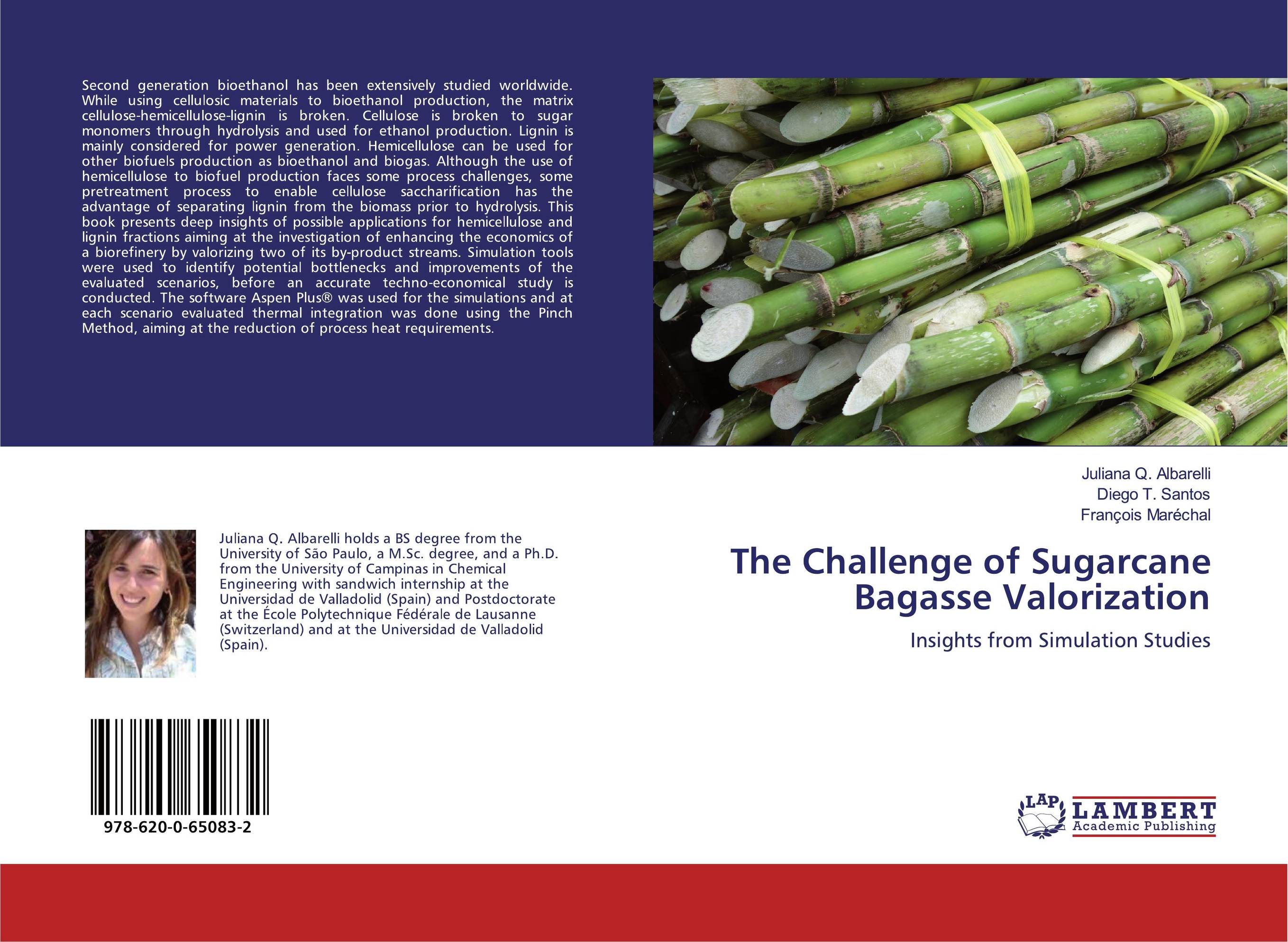| Поиск по каталогу |
|
(строгое соответствие)
|
- Профессиональная
- Научно-популярная
- Художественная
- Публицистика
- Детская
- Искусство
- Хобби, семья, дом
- Спорт
- Путеводители
- Блокноты, тетради, открытки
The Challenge of Sugarcane Bagasse Valorization. Insights from Simulation Studies

В наличии
| Местонахождение: Алматы | Состояние экземпляра: новый |

Бумажная
версия
версия
Автор: Juliana Q. Albarelli,Diego T. Santos and Fran?ois Mar?chal
ISBN: 9786200650832
Год издания: 2020
Формат книги: 60×90/16 (145×215 мм)
Количество страниц: 72
Издательство: LAP LAMBERT Academic Publishing
Цена: 23635 тг
Положить в корзину
| Способы доставки в город Алматы * комплектация (срок до отгрузки) не более 2 рабочих дней |
| Самовывоз из города Алматы (пункты самовывоза партнёра CDEK) |
| Курьерская доставка CDEK из города Москва |
| Доставка Почтой России из города Москва |
Аннотация: Second generation bioethanol has been extensively studied worldwide. While using cellulosic materials to bioethanol production, the matrix cellulose-hemicellulose-lignin is broken. Cellulose is broken to sugar monomers through hydrolysis and used for ethanol production. Lignin is mainly considered for power generation. Hemicellulose can be used for other biofuels production as bioethanol and biogas. Although the use of hemicellulose to biofuel production faces some process challenges, some pretreatment process to enable cellulose saccharification has the advantage of separating lignin from the biomass prior to hydrolysis. This book presents deep insights of possible applications for hemicellulose and lignin fractions aiming at the investigation of enhancing the economics of a biorefinery by valorizing two of its by-product streams. Simulation tools were used to identify potential bottlenecks and improvements of the evaluated scenarios, before an accurate techno-economical study is conducted. The software Aspen Plus® was used for the simulations and at each scenario evaluated thermal integration was done using the Pinch Method, aiming at the reduction of process heat requirements.
Ключевые слова: biorefinery, Green chemistry, Clean Technologies, engineering economics, Bionergy, sustainability



